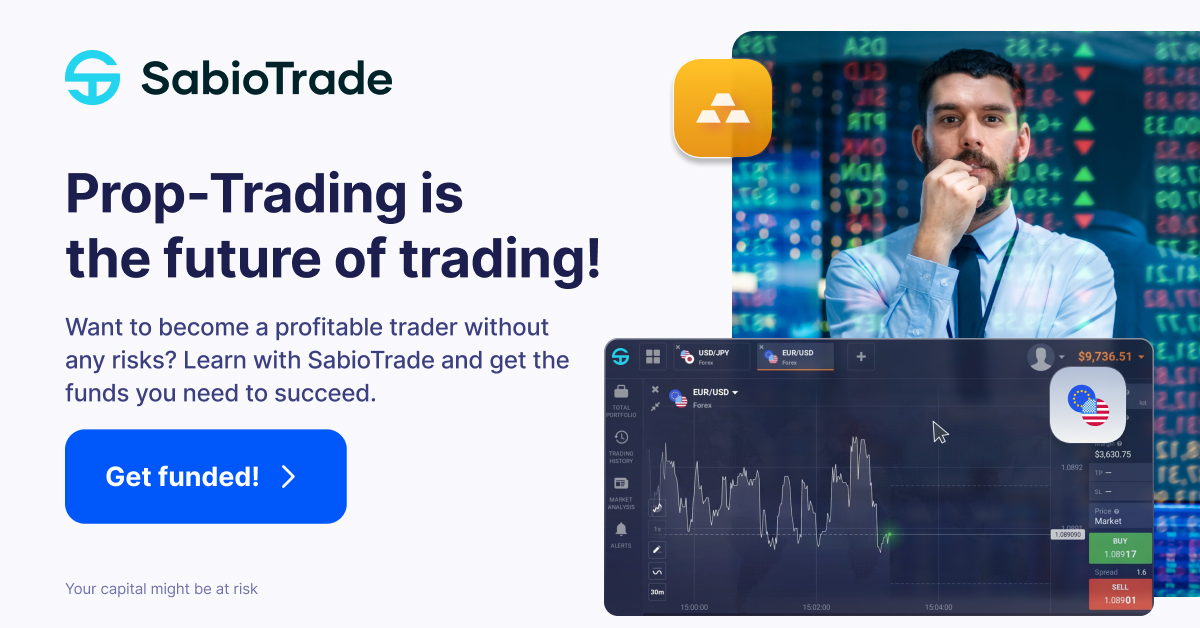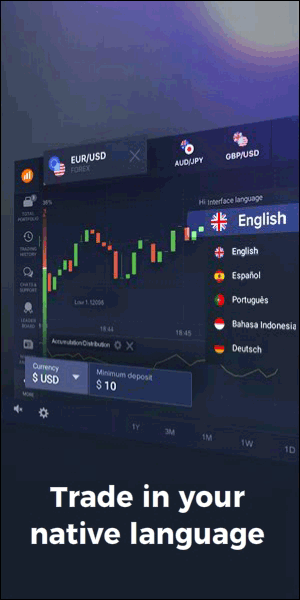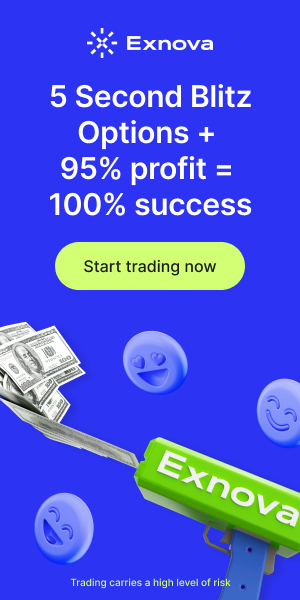Understanding Sustainable Development Funds
In recent years, the concept of sustainable development has gained significant traction among investors. Sustainable Development Funds (SDFs) are investment vehicles that focus on generating financial returns while also promoting environmental, social, and governance (ESG) criteria. This article aims to provide a comprehensive guide on how to invest in Sustainable Development Funds, offering valuable insights and practical steps for potential investors.
What Are Sustainable Development Funds?
Sustainable Development Funds are mutual funds or exchange-traded funds (ETFs) that invest in companies and projects committed to sustainable practices. These funds aim to achieve long-term growth by supporting businesses that adhere to ESG principles. The primary goal is to create a positive impact on society and the environment while delivering competitive financial returns.
Why Invest in Sustainable Development Funds?
Investing in Sustainable Development Funds offers several benefits:
- Positive Impact: By investing in SDFs, you contribute to the betterment of society and the environment.
- Long-Term Growth: Companies with strong ESG practices are often more resilient and better positioned for long-term success.
- Risk Mitigation: SDFs can help mitigate risks associated with environmental and social issues.
- Alignment with Values: Investing in SDFs allows you to align your investments with your personal values and beliefs.
Types of Sustainable Development Funds

There are various types of Sustainable Development Funds, each with a unique focus:
- Environmental Funds: These funds invest in companies that promote environmental sustainability, such as renewable energy, waste management, and conservation.
- Social Funds: These funds focus on companies that address social issues, such as healthcare, education, and affordable housing.
- Governance Funds: These funds invest in companies with strong corporate governance practices, including transparency, accountability, and ethical behaviour.
- Mixed Funds: These funds combine environmental, social, and governance criteria to create a diversified portfolio.
Steps to Invest in Sustainable Development Funds
Investing in Sustainable Development Funds involves several steps:
1. Define Your Investment Goals
Before investing, it’s essential to define your investment goals. Consider the following questions:
- What are your financial objectives?
- How much risk are you willing to take?
- What is your investment horizon?
- What are your values and priorities?
2. Research Sustainable Development Funds
Conduct thorough research to identify suitable Sustainable Development Funds. Consider the following factors:
- Fund Performance: Analyse the historical performance of the fund to assess its potential for future growth.
- ESG Criteria: Evaluate the fund’s ESG criteria and ensure they align with your values.
- Fund Manager: Assess the experience and track record of the fund manager.
- Fees and Expenses: Consider the fees and expenses associated with the fund, as they can impact your returns.
3. Diversify Your Portfolio
Diversification is crucial to managing risk. Consider investing in a mix of Sustainable Development Funds to create a balanced portfolio. This approach can help mitigate the impact of market volatility and enhance long-term returns.
4. Monitor Your Investments
Regularly monitor your investments to ensure they continue to align with your goals and values. Stay informed about changes in the fund’s performance, ESG criteria, and market conditions. Adjust your portfolio as needed to maintain a balanced and sustainable investment strategy.
Challenges and Considerations
While investing in Sustainable Development Funds offers numerous benefits, there are also challenges and considerations to keep in mind:
- Limited Options: The availability of SDFs may be limited compared to traditional investment options.
- Performance Variability: The performance of SDFs can vary based on market conditions and the specific focus of the fund.
- Greenwashing: Some companies may exaggerate their commitment to sustainability, making it essential to conduct thorough research.
- Regulatory Changes: Changes in regulations and policies can impact the performance of SDFs.
Case Studies of Successful Sustainable Development Funds
While we won’t delve into specific case studies, it’s worth noting that several Sustainable Development Funds have demonstrated strong performance and positive impact. These funds have successfully integrated ESG criteria into their investment strategies, resulting in long-term growth and sustainability.
Conclusion
Investing in Sustainable Development Funds is a powerful way to align your financial goals with your values and contribute to a more sustainable future. By understanding the different types of SDFs, conducting thorough research, and diversifying your portfolio, you can make informed investment decisions that promote positive change. While there are challenges to consider, the potential benefits of investing in SDFs make it a compelling option for socially conscious investors.
Q&A Section
- Q: What are Sustainable Development Funds?
A: Sustainable Development Funds are investment vehicles that focus on generating financial returns while promoting environmental, social, and governance (ESG) criteria. - Q: Why should I invest in Sustainable Development Funds?
A: Investing in SDFs offers benefits such as positive impact, long-term growth, risk mitigation, and alignment with personal values. - Q: What types of Sustainable Development Funds are available?
A: There are various types, including environmental funds, social funds, governance funds, and mixed funds. - Q: How do I start investing in Sustainable Development Funds?
A: Start by defining your investment goals, researching suitable funds, diversifying your portfolio, and monitoring your investments. - Q: What challenges should I consider when investing in SDFs?
A: Challenges include limited options, performance variability, greenwashing, and regulatory changes. - Q: How can I ensure a fund aligns with my values?
A: Evaluate the fund’s ESG criteria and conduct thorough research to ensure alignment with your values. - Q: What is greenwashing?
A: Greenwashing is when companies exaggerate their commitment to sustainability, making it essential to conduct thorough research. - Q: How often should I monitor my investments?
A: Regularly monitor your investments to ensure they continue to align with your goals and values. - Q: Can I achieve long-term growth with SDFs?
A: Yes, companies with strong ESG practices are often more resilient and better positioned for long-term success. - Q: What should I consider when choosing a fund manager?
A: Assess the experience and track record of the fund manager to ensure they have a strong background in managing SDFs.
For more information on Sustainable Development Funds, you can refer to this webpage: Investing in Sustainable Development Funds.







